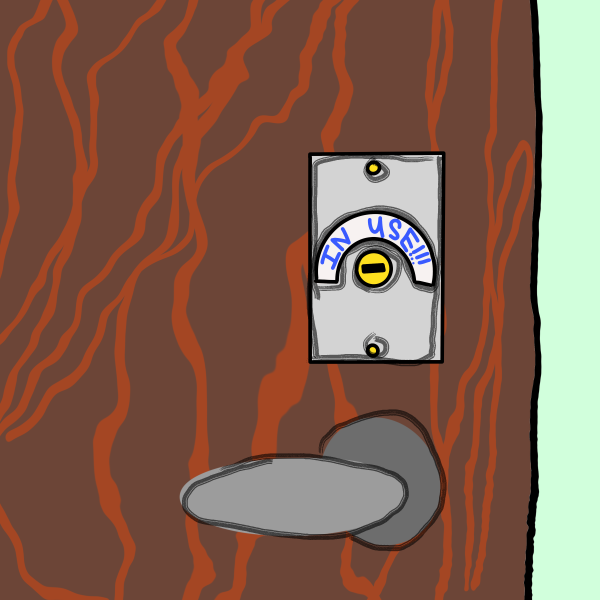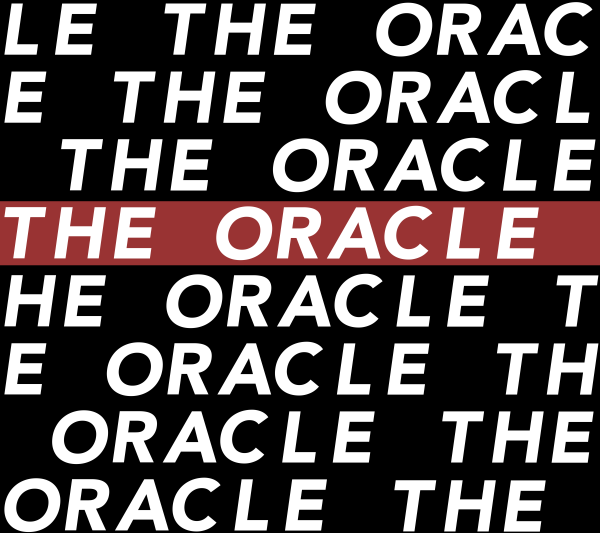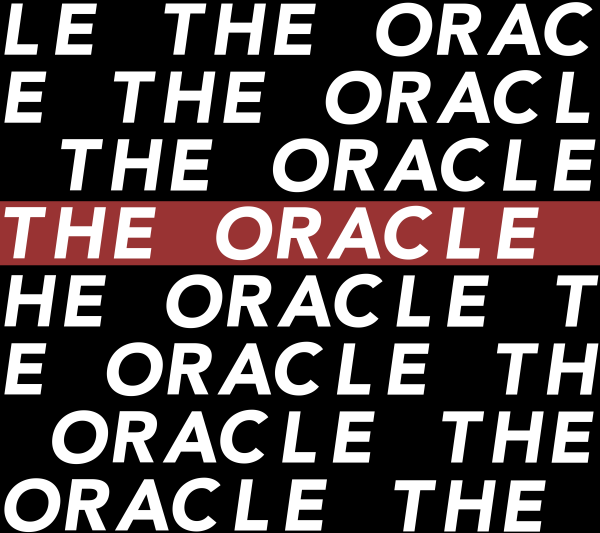Alienation and mythology
Pseudo-narratives develop ideologues, and we are the writers of those narratives.
Last week my colleague Chloe McElmury authored an op-ed titled “Appropriation and Alienation”, which explored the connotations of the Hamline community’s treatment of a student who had worn a Native American headdress as part of a Halloween costume. I respect Chloe a great deal, primarily for the spirited initiative it takes to represent and defend an unpopular set of ideals – and I do think it does our university better as a space of learning and debate. I also come from a predominantly white, Christian community in conservative rural Minnesota. Perhaps unlike Chloe, I found myself becoming more liberal as I grew older and challenged my family’s presupposed ideologies; it suddenly seemed that much of what I believed was for lack of intellectual autonomy. For the most part, I was gifted the enormous privilege of a classically neoconservative upbringing which was willing to let me slide into the ‘young bleeding-heart foolishness’ of leftwards-thinking. I like to think it’s been good for me, growing up with my opinions constantly under fire.
Despite this, I agree with much of what Chloe said regarding the incident at Hamline. However, it seemed to me that much of the message is mired in a misguided sentiment and the true guts in hardly a breath. Surrounding much of what I agree with is this modern conception I see many conservatives holding, including my friends and family here and at home, that they exist as a new sort of ‘counter-culture movement’ in mirror of the ‘60s. Conservative opinions are crushed, oppressed, even. This is not the case, especially living in a nation which – at least for the time being – so clearly holds the conservative political majority. It can be argued, then, that this does not translate into a cultural majority. That might be true, but only seems so within the Twin Cities metro area. Likewise for any cosmopolitan population – one only has to look at any state’s electoral map to find that the ‘dominant political culture’ is generally contained to urban or closely suburban areas.
That is not to say that liberal ideologies aren’t popular among student populations, but that itself is an old story. Nor does this give license to those liberal students or faculty to uphold that ascendency. What I really did like about Chloe’s column was expressed at the end of a paragraph, in a single sentence, “I would hate to see interactions like these on Hamline’s campus lead someone to radicalize themselves in an attempt to find a community.” Separated from surrounding sentiment, this is an incredibly important message that it seems a majority of the Hamline student body, and indeed most liberal student bodies, have not really finished grappling with: that continual struggle to move beyond the superfluous accruement of knowledge for the sake of social status, and into the realm of knowledge put to positive action. The impulse to be heard for the purpose of expressing oneself is ‘in’ with solving problems like bigotry and inequality.
In large part, my studies today are related to one of the more important and lasting developments of the 2000s, the birth of the ‘Alt-Right’ movement and the consolidation of far-right ideologies within it. Last September, This American Life released an excellent podcast episode entitled “White Haze”. In it, journalists Zoe Chase and Robyn Semien sought to understand the ‘Proud Boys’ and similar conservative organizations which operate on the periphery of the American far-right; not quite Neo-Nazis and white supremacists, but members marching alongside them at events like the Charlottesville rally. At its conclusion, Semien noted, “…suddenly this past year in America looked different to me. I thought for lots of people ‘Make America Great Again’ and white attachment to Confederate symbols was about white power, white people trying to maintain their power. Just a way of saying ‘remember the hierarchy. Don’t forget who’s on top.’ But [Charlottesville Rally organizer] Jason Kessler is a guy who does not believe he has power, and he wants it.” Of note here is that specific word: ‘believe’. Individuals within the many folds of the Alt-Right do not believe that white people have an advantage in modern society; they do not believe that white privilege exists. They do believe that white Americans are an oppressed caste. It’s a slope which propels disaffected young people into radicalizing for a community to which they ‘belong’.
What is crucial here is the role which students – whether conservative or liberal – play. As well-intentioned as her article may be, I do also think that Chloe’s rhetoric perpetuates this myth of conservative students as oppressed thinkers and, therefore, as oppressed persons. Likewise, when liberal communities – students and faculty alike – jump on the surface-level bandwagon of lambasting unknowingly ignorant students, that Alt-Right narrative is greatly aided. Vilifying those who are ignorant completely abolishes any drive that person may have had to become educated, and indicates that that liberal student is untethered to actual direct action to creating pragmatic social change. In every piece of journalism covering the various peripheral organizations of the Alt-Right, the origin story of its members is always rooted in a moment of alienation that could have completely been rectified by a constructive conversation. Furthermore, engaging in the surface-level social justice of excitedly calling out ignorance greatly hampers the liberal movement as a whole: it makes us comfortable with watered down arguments and makes our own justifications more loose and lazy. One of the most gratifying aspects of growing up in conservative rural Minnesota was that it forced me to become intimately aware of not only why I believe what I believe, but why I don’t believe other ideologies – our arguments are made better when we are able to truly refute honest representations of the other side.
Economist and political scientist Bryan Caplan developed something called ‘the Ideological Turing Test’ to obliterate this surface-level activism on both sides of the party line. In this experiment, a person of a certain partisan standing is expected to write an essay outlining the ideology, values, and rational thinking of a person of the opposite political persuasion. For instance, a Democrat writing an essay on why they are a Republican. If an independent judge is unable to tell whether or not the essay is written by that partisan or by a person imitating that partisan – by a Republican, or by a Democrat posing as a Republican – the test is passed. In doing so, our own arguments and actions are more steadfastly built – we might better be able to intercept those hurtling toward ideologues spouting their own communities’ views, not concerned over honest depictions of the ‘other’.





